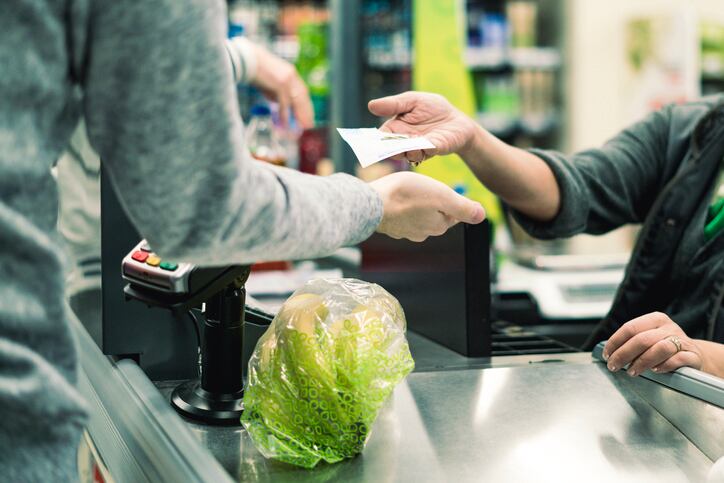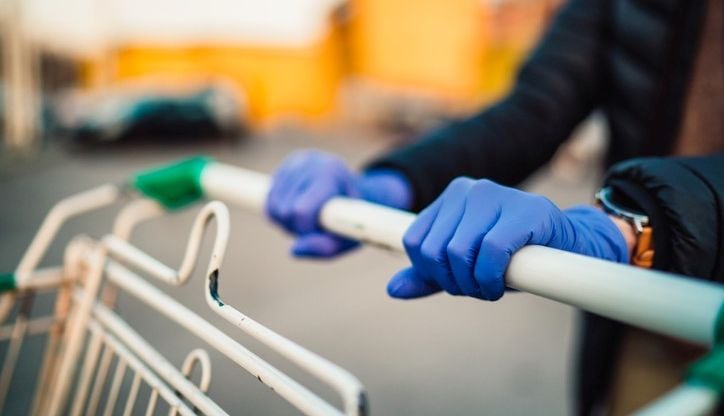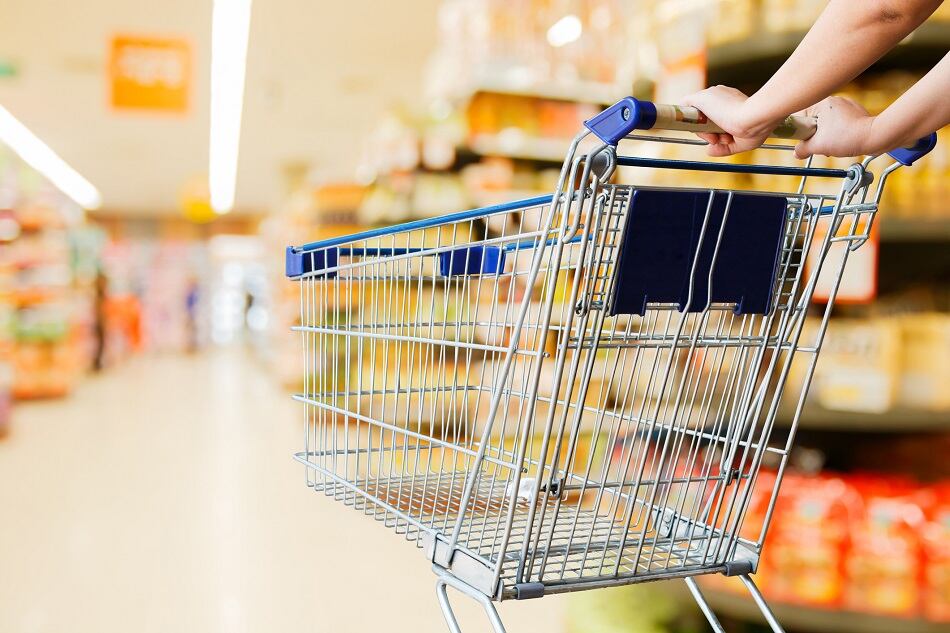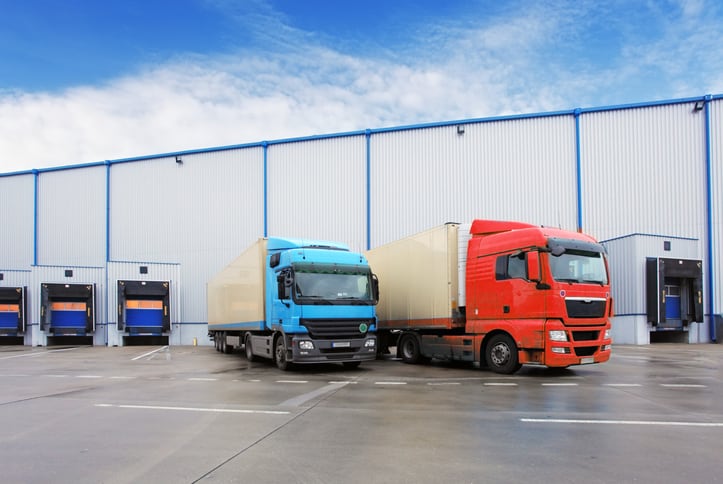“A misconception that we’ve seen in the news and we’ve heard in conversations is this idea that grocery stores must be raking it in during the pandemic,” said Ricky Volpe, a professor at Cal Poly and former economist with the US Department of Agriculture.
But this simply isn’t true, even though $23 billion in consumer spending shifted from food service to retail in March and April and product prices are noticeably higher at shelf, he told attendees at FMI’s Food Prices 101 webinar Oct. 15.
“Sure, revenues are way up, but so are costs, and every bit of evidence that I’ve seen using federal data suggests that the percentage increase in costs easily outstrips the percentage increase in food prices, which means margins that were already delicate in the food retail sector have been squeezed even more,” he said.
“Retailers have had to make very significant investments to pivot their operations to be relatively safe for consumers since March,” including increased costs for labor to keep stores stocked, clean and to help the huge influx of consumer traffic, he explained. Likewise, many stores have had to invest heavily in intensive cleaning products, Plexiglas barriers, personal protective equipment and pay more to expedite extra deliveries of in-demand products (such as flour and toilet paper).
At the same time, they’ve had to eliminate high margin items, such as hot bars, to create more space around the perimeter of the store for shopper safety, he said.
“As those costs have increased, retailers have had no choice but to pass those on, at least somewhat, because as many people are aware, operating profit margins for supermarkets historically have hovered right around 1%. That’s not a lot of wiggle room, especially when they’re hit with all these new and unexpected costs,” he added.
Unfortunately, relief isn’t in sight for retailers, manufacturers or consumers any time soon, Volpe said. In fact, he warned the financial situation for industry stakeholders likely will deteriorate in coming months as local economies continue to reopen and consumers tip-toe back to foodservice.
“We are still several months, if not longer, from being back to any sort of normal shopping experience, which means that a lot of the costs that retailers have incurred and are incurring related to COVID aren’t really going away,” he said. “So, revenues are likely to decrease, and in fact, already have, as people are slowly shifting back to eating away from home.”
A few bright spots
The limited “good news” is that many of the safety costs associated with COVID were one-time expenses, which means that side of the balance sheet also should begin to fall, Volpe said.
Another “step in the right direction towards winning back some of those higher margin items” is retailers beginning to offer in pre-portioned containers and meal kits high-value products that would have been sold in bulk bins or food bars, he added.
Even though “it’s going to be a challenging time ahead” for retailers, Volpe lauded them for showing “tremendous resiliency” to date and noted three positive outcomes from the pandemic that all stakeholders should strive to maintain going forward.
The first is the once-forked supply chain between retail and foodservice has come together, providing all players more flexibility should another crisis occur. Volpe urged retailers and other stakeholders to maintain their new “Rolodex” of buyers, shippers, distributors and manufacturers that came to them during the height of the pandemic so that they have a broader network to lean on if needed.
The second is the realization that while food safety is incredibly important and should not be sacrificed, there may have been “too much red tape” around the industry before the pandemic – hindering its ability to donate, repack and relabel product for fast use. Volpe believes that regulators may have a more open mind about balancing safely and ensuring that product goes where it is needed most.
Finally, Volpe said he hopes that consumers have a better idea of how much product they actually need and how to use a more diverse set of ingredients and goods so that if there are shortages in the future they can avoid over-stockpiling and gravitate to items of which there is plenty even if not their first choice.
Industry stakeholders seeking more information on the pandemic's impact on food prices, margins and supply chain can find additional information at a microsite created by FMI: https://www.fmi.org/foodprices.




